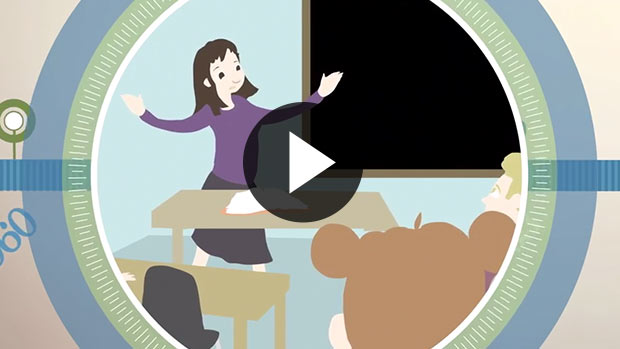About CEE
The Council for Economic Education’s (CEE’s) mission is to equip K-12 students with the tools and knowledge of personal finance and economics so that they can make better decisions for themselves, their families, and their communities.
We carry out our mission by providing resources and training to K-12 educators and have done so for over 70 years. Nearly two-thirds of the teachers we reach in-person are in low to moderate income schools. All resources and programs are developed by educators and delivered by our 188 affiliates across the country in every state. We reach over 50,000 teachers a year through in-person professional development and those teachers, in turn, reach approximately 5 million students throughout the country. EconEdLink, our free online educator gateway for economic and personal finance lessons and resources, attracts more than 700,000 unique visitors per year.
We also advocate for more and better education in personal finance and economics, primarily through the biennial Survey of the States.
 |
CEE OverviewLearn more about the Council for Economic Education in this three minute video. CEE HistoryLearn more about the history of the Council for Economic Education in this three minute video. |
Why CEE is Needed
Our global economy has become so complex that the gap between what people know about economics and personal finance, and what they need to know, is widening every day. Americans are increasingly responsible for their financial future; yet an alarming number lack even basic economic awareness. Only 43% of 12th grade students tested at or above proficient on the most recent National Assessment of Educational Progress (NAEP) economics assessment, and American teenagers fall in the middle of the pack globally in financial literacy, performing around the average of the 18 countries that participated in PISA’s financial literacy assessment. Many parents are ill-equipped to instruct their children in economics and personal finance, and teachers, too, are often unprepared to impart this essential knowledge. (For additional metrics on the pervasive problem of economic and financial illiteracy in this country, please see our Industry Data page.)
CEE is uniquely positioned to close this widening gap in knowledge and competence. Our educator training model helps teachers understand the material, tells them how to teach it, and gives them the hands-on learning tools to make it come alive in the classroom. We make it easy to thread economics and finance into courses in math, history, and even children’s literature, and offer resources at every level – from Advanced Placement economics in high school to hands-on economics for the youngest learners. Our curriculum is aligned to meet state content standards in multiple disciplines and the Common Core so that we can meet the needs of educators throughout the country. Our efforts consistently result in positive student learning outcomes and have proven to be quite successful in achieving broad, nationwide reach. (For more on our reach and impact, please refer to our Impact and Metrics pages.)
We know that financial and economic literacy changes the way people see the world and their roles in it. Our students, both college-bound and those who opt for employment rather than college, will be required throughout their lives to make economic decisions important for their own success, and to understand and make decisions about public policy issues. A thorough understanding of economics will contribute not only to their personal success, but to the successes of the businesses, institutions and governments in which they participate. This is why we are passionate about educating young people about an economy they will work in, benefit from, and ultimately, inherit.
